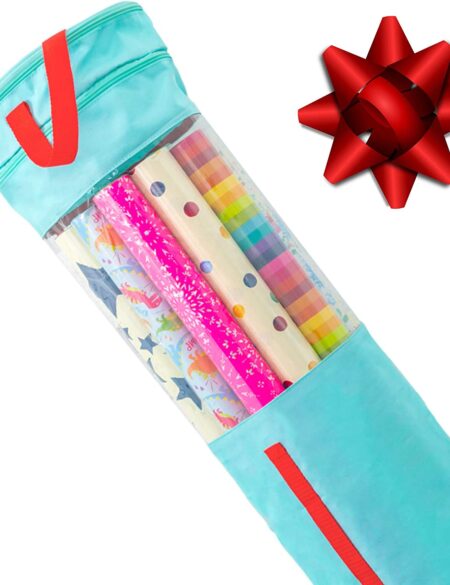This content was originally published on OldHouseOnline.com and has been republished here as part of a merger between our two businesses. All copy is presented here as it originally appeared there.

Whether you’re a wine lover, cocktail connoisseur, or simply someone who loves to drink, there’s no denying that the right glass can elevate your drinking experience. The structure of your glass and the delicacy you hold it with can enhance your drink’s aroma, taste, and appearance.
Sure, you can drink from any old glass. But if you really want to get the most out of your beverage, then it’s worth investing in a set of high-quality drinking glasses.
From wine glasses to whisky tumblers and everything in between, here are some examples of the different types of drinking glasses available on the market today:
- Champagne flutes
Champagne flutes are tall and narrow glasses that are specifically designed to hold sparkling wine or champagne. Featuring a wide bowl and a thin stem, these glasses help prevent the bubbles from dissipating too quickly while allowing you to fully enjoy the aroma and taste.
- Footed pilsner glass
If you’re looking for something more casual, go with a footed pilsner glass. These glasses come in many different shapes and sizes, but all feature a wide base that increases stability and helps them stand up straight without tipping over easily.
- Martini glass
If you’re a martini guy, you may want to pick up some martini glasses. They feature a large bowl with either straight or flared sides that end in an upturned rim and a conical bottom. A martini glass is an elegant stemmed glass that can be used holding cocktail garnish such as olives, lemon wedges or cherries. The best part? You can also use it to serve other beverages, such as watermelon juice, which requires ice and stirring.
- Highball glass
Designed specially to consume bloody marys, mojitos, gin, and tonics, highballs are tall and straight glasses that hold between 10 to 16 ounces of drink. These glasses are usually used for beverages that are served over a tower of ice and garnished with lemon wedges and olives.
- Lowball glass
For a concentrated dose of goodness, a lowball glass is all you need. With a thick base and wide mouth, these classic glasses are used to serve cocktails that don’t require muddling or mixing – just pouring over ice.
- Shot glass
Shot glasses are small, conical, and used to serve shots of liquor, including tequila and vodka. They are typically made of glass and come in a variety of sizes. The most common size is 1.5 ounces.
- Wine glass
Designed for consuming red or white wines like Pinot Noir and Chardonnay, these glasses have a thin stem that keeps your hand away from the bowl. They help reduce heat transfer from the hand to the wine. These glasses feature a narrow mouth that allows you to swirl the wine around its sides for quick aeration while still making it easy to smell its bouquet.
- Snifter glass
Shaped like a wine glass, a snifter has a wider bowl of six to eight ounces of liquid. These are great for serving scotch, brandy, or other spirits in a more traditional style.
The Bottom Line
Now that you know the different types of drinking glasses on the market, it’s time to choose one for your home. Which style do you think is best for you? In all honesty, we think it depends on what kind of drinker you are.
If you’re a wine lover who wants something timeless and fancy to drink from, then a stemmed glass is probably going to be your best bet. But if you prefer beer or spirits, then a simple but modern pint glass may be better suited for your needs. Needless to say, you’ve got a sea of options to choose from. The aforementioned types will serve you well – we’ve got something for every drinker!






